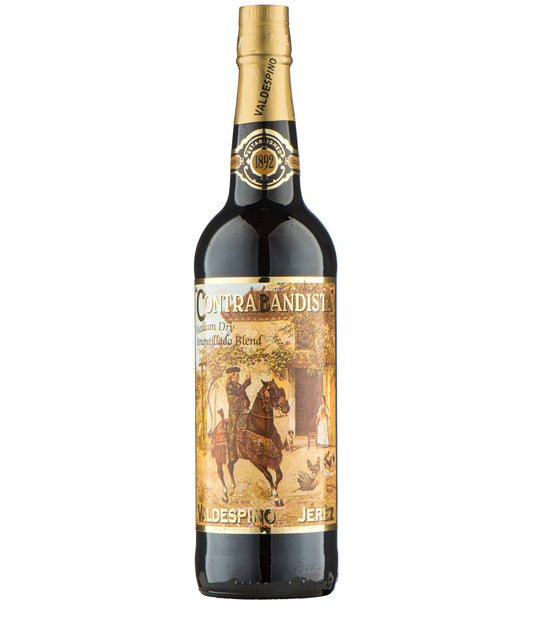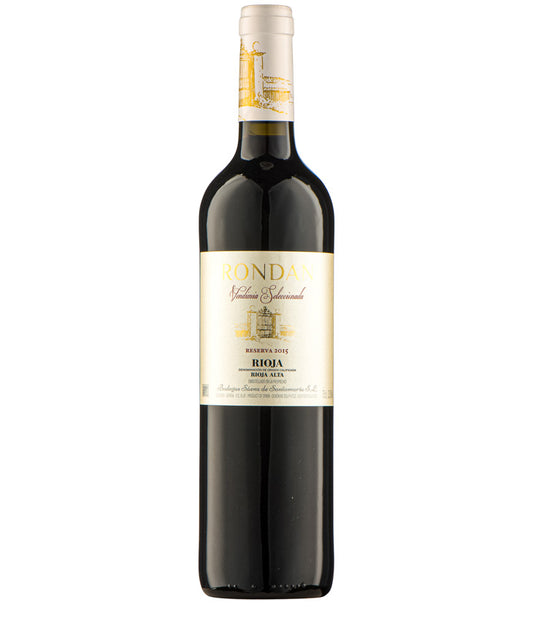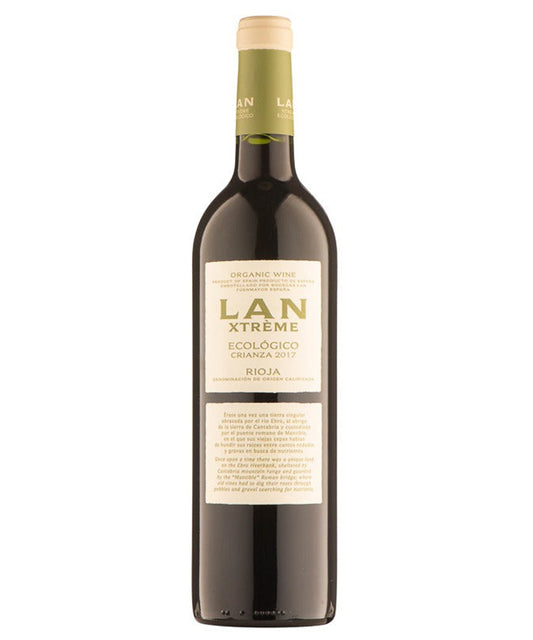Viticulture in Spain has a long history. The presence of pips in the archaeological record leads academics to believe that grapes were first cultivated in Spain sometime in the third millennium BC. The wine-growing Phoenicians founded Cádiz around 1100 BC. Even the Moors couldn’t fully suppress wine production – preferring to excise taxes on it instead.
These days, Spain is the most widely planted wine-producing nation in the world, and only Italy produces more wine. The hot, dry climate of the Iberian Peninsula pushes yields down. Yet, the country sports many highly distinct regions.
Rioja, perhaps the most renowned Spanish wine region, is celebrated for its Tempranillo-based red wines, which range from vibrant and fruity joven wines to complex and age-worthy gran reservas. The region's varied climate and soils allow for a wide range of wine styles, making Rioja synonymous with quality and diversity.
Ribera del Duero, also known for its Tempranillo (locally called Tinto Fino), produces robust, deeply coloured wines that are highly prized for their intensity, complexity, and ageing potential. The extreme continental climate and high-altitude vineyards contribute to the unique character of these wines.
Priorat, with its steep, slate-laced hillsides, is revered for powerful red wines primarily made from Garnacha and Cariñena. The region's challenging terrain and low-yielding vines result in wines of concentration and minerality, commanding international acclaim.
Rías Baixas, located in the cooler, verdant northwest of Spain, is the heartland of the Albariño grape, producing aromatic, crisp, and refreshing white wines that have gained a fervent following for their purity and expressiveness.
Jerez is synonymous with Sherry, a fortified wine that ranges from dry and crisp to sweet and opulent, showcasing an extraordinary diversity of styles. The unique solera system of ageing contributes to the complexity and variety of Sherry wines.
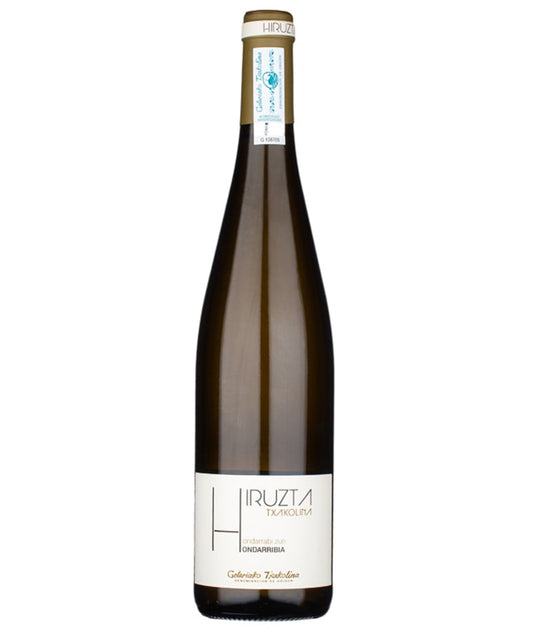
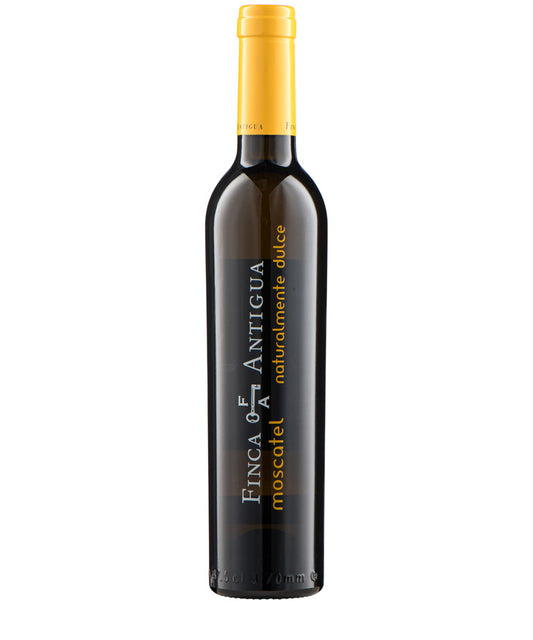
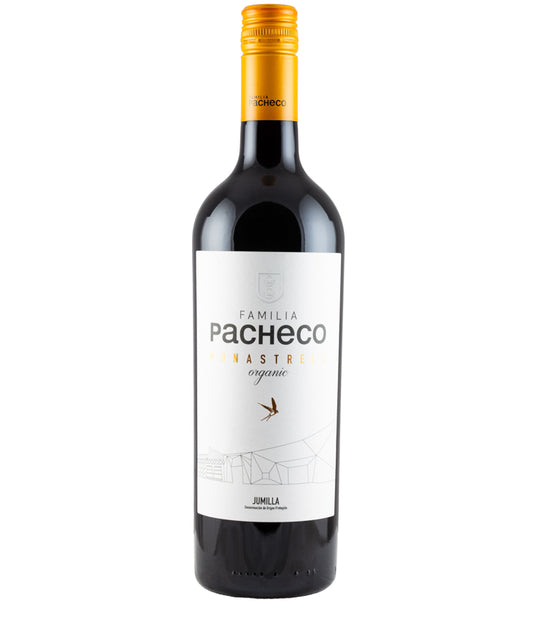
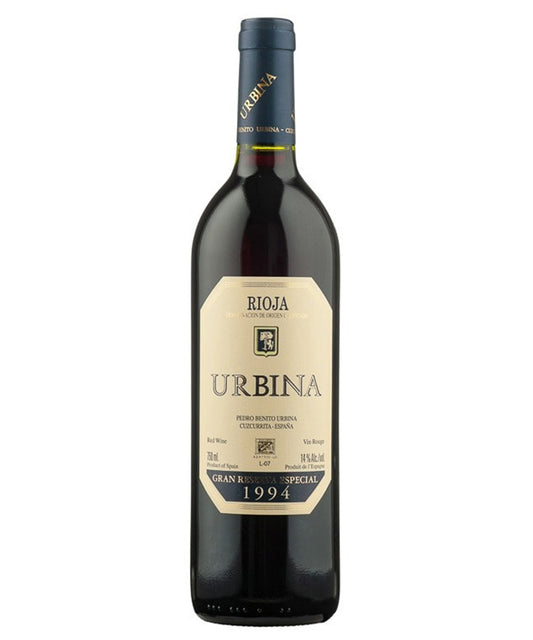
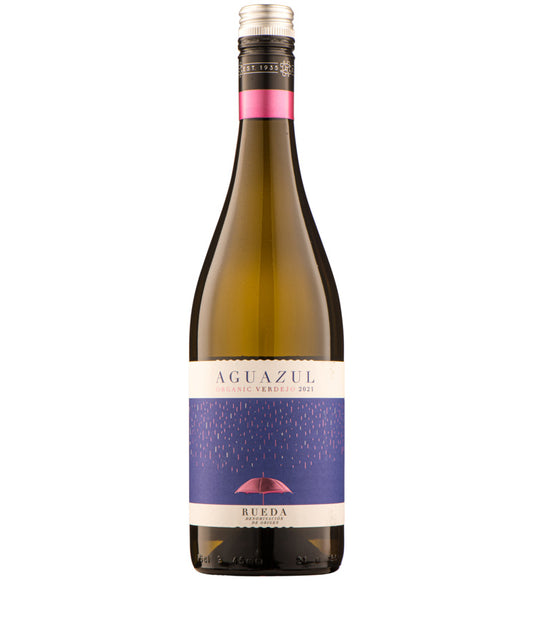
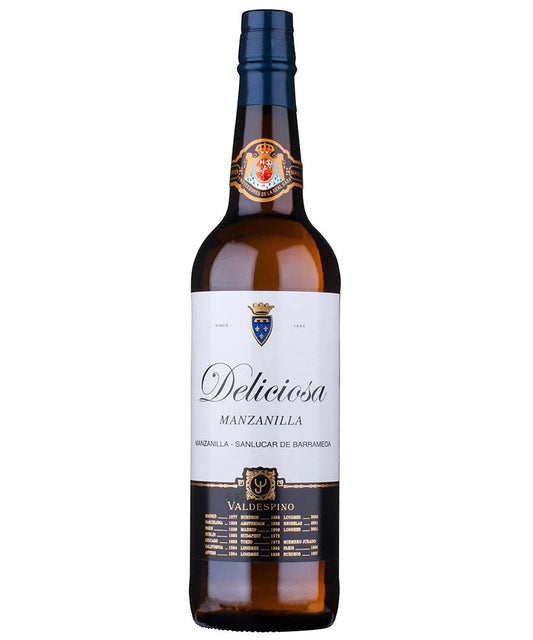
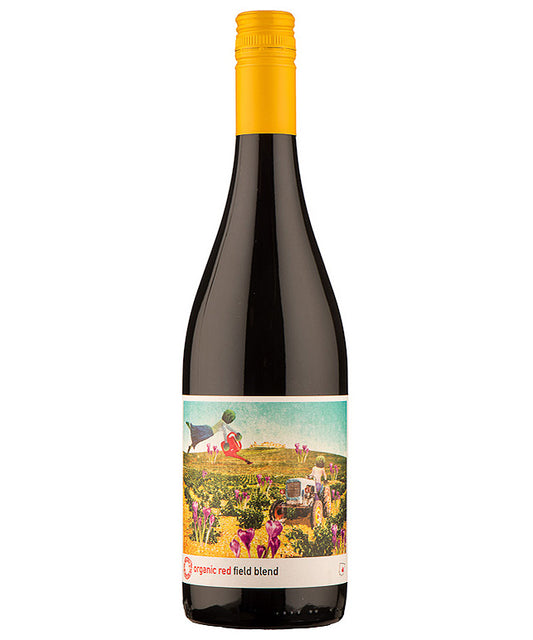
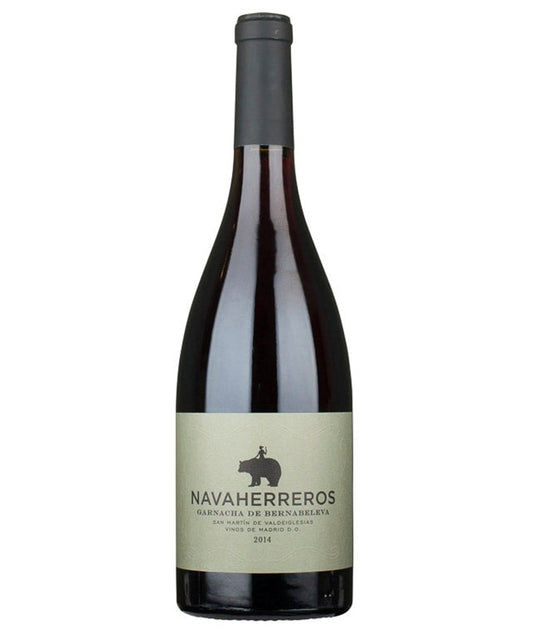 Sold Out
Sold Out